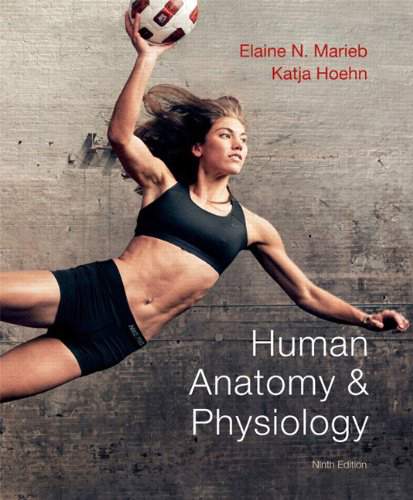Connecting...

For more information, please see full course syllabus of Anatomy & Physiology
Anatomy & Physiology Axial Skeleton
The middle part of the body contains the axial skeleton, including the skull, hyoid bone, vertebral olum, and thoracic cage. The skull contains the cranium (frontal bone, parietal bone, temporal bone, occipital bone) as well as the sphenoid and ethmoid bones. The frontal bone contains hollow sinus cavities. Sutures connect the bones. Temporal bones connect to the zygomatic bone, which, along with bones around the cheek and jaw, help control movement of the head and connect to the throat, ear, and tongue and guide the main arteries and spinal cord. The sphenoid bone connects the cranium to the facial bones. The vertebral column contains 26 bones and has three curvatures: cervical, thoracic, and lumbar. The thoracic cage has 12 pairs of ribs that connect to the sternum.
Share this knowledge with your friends!
Copy & Paste this embed code into your website’s HTML
Please ensure that your website editor is in text mode when you paste the code.(In Wordpress, the mode button is on the top right corner.)
- - Allow users to view the embedded video in full-size.










































 Answer Engine
Answer Engine



0 answers
Post by aimee benitez on March 1, 2014
this lectures have been really helpful for me. im studying for the dental board part 1 (NBDE1)and this lectures are perfect because they cover pretty much everything we learned at dental school or pre med so its kind of a refreshing for all those concepts and knowledge from our student years!! great ! thanks a lot!!